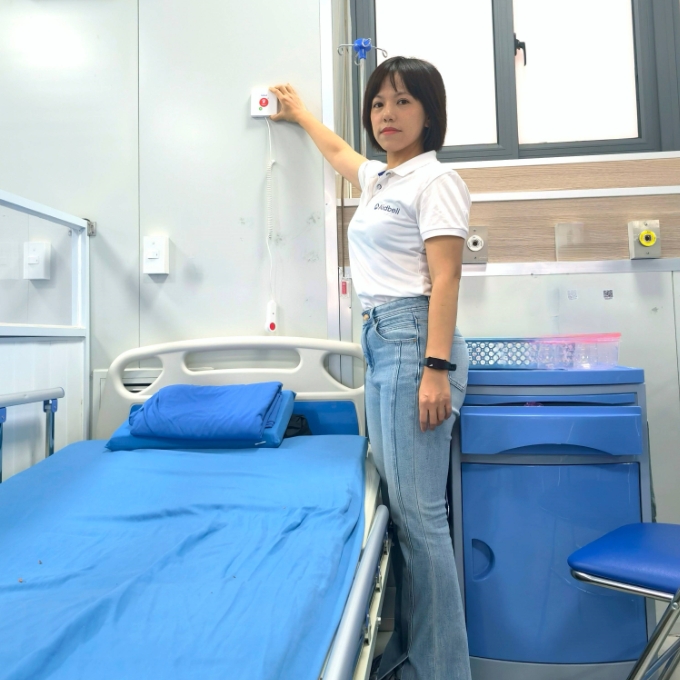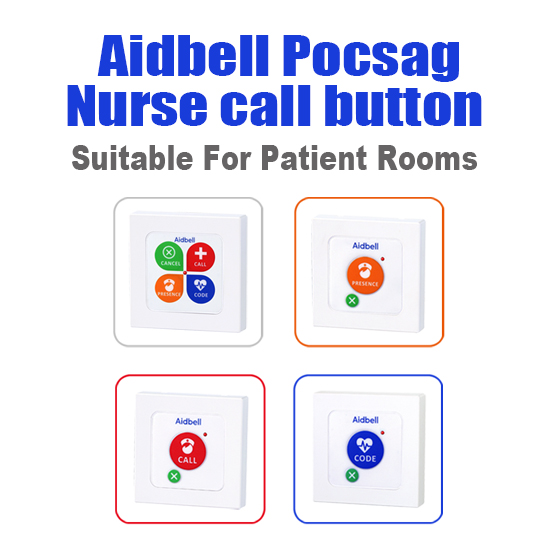8 Essential Elements of a Wireless Nurse Call System
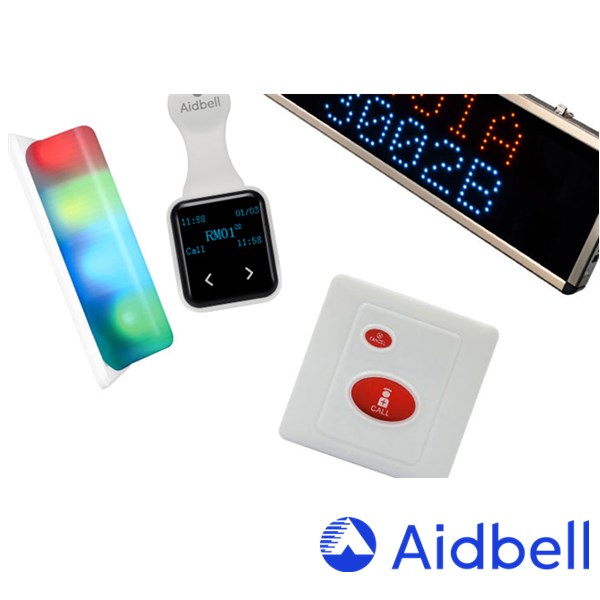
Responding to patients’ needs fast is a determining factor in the perception patients have of your facility. Nurse call systems help patients communicate their needs and have them fulfilled fast.
Nurse call systems consist of many components that facilitate patient-nurse communication and streamline workflows in hospitals and nursing home facilities. Although nurse call systems have both hardware and software devices, this article will cover some of the hardware (devices) components, including dome lights, call cords, and nurse consoles, among others.
1. Patient call button
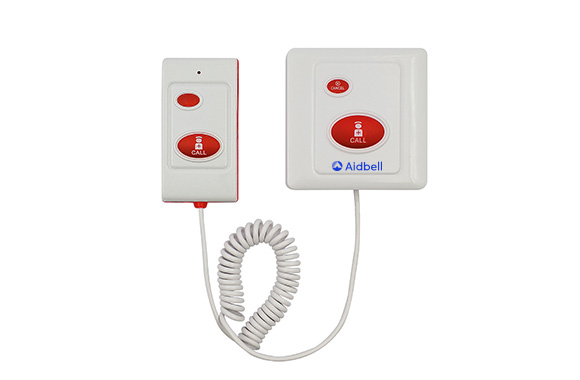
https://aidbell.com/product/nurse-call-button-with-patient-handset-ec-220ph/
The patient call button is the nurse call system component that allows patients to communicate with nurses and hear their needs. The patient call button eliminates the need for patients to appear physically at the nurse station to inform their needs.
With the patient call button, nurses and caregivers can maximize their productivity and services by learning the problem and formulating a solution immediately.
Patient call buttons are placed in resident or patient rooms by their bedsides and could be attached to other medical devices or consoles.
2. Bathroom Emergency Pull Cord
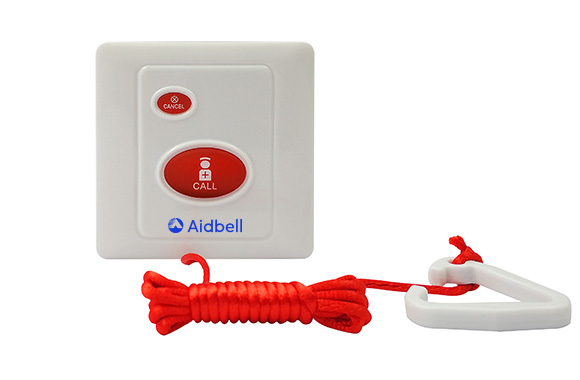
https://aidbell.com/product/nurse-call-button-with-pull-cord-ec-220pt/
The call cord is plugged into the patient call button to allow patients to place emergency calls to nurses or caregivers. The length is 2 meters. These cords are connected to the patient’s bedside station or in the bathroom.
When the patient presses the call button, it activates the dome light and other Aidbell Wireless receiver, which further notifies nurses and caregivers of the patient’s request.
Inside the bathroom, pull cords allow patients to pull when they need assistance. They are ideal as they allow patient privacy and dignity when taking a shower or using the toilet. However, they also give patients a chance to request help when they need it in the bathroom, for instance, due to an accidental fall.
These are also critical for facilities where patients have permanent or temporary disabilities. Bathroom call stations have emergency buttons, which help residents summon nurses or caregivers during emergencies such as falls.
Whether the system features buttons or a pull cord, these devices should be easily accessible and visible throughout the day or night.
3. Code Blue Station
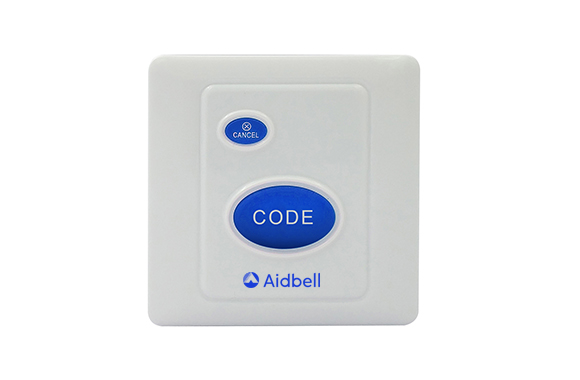
https://aidbell.com/product/2-key-nurse-call-button-ec-200cx-ec-200ax-ec-200nx-ec-200cb/
A code blue station allows nurses and doctors to call the medical team if a patient is having a cardiac arrest and needs resuscitation. A code blue is a top priority alert.
Aidbell wireless receiver can show it as the highest level via color & ringtone alerts. Usually, it is for nurses to press to call for assistance from other nurses and doctors.
The system supporting a code blue alert can only be switched off at the callers’ end, meaning that the nurses or caregivers must present themselves at the patient’s bedside to offer them resuscitation care.
Code blue stations are also widely installed in ICU rooms. Nurses and doctors will run to aid in the first time once they see the code blue indication at nurse controls or duty stations as well as from nurse pagers.
4. SOS Pendant
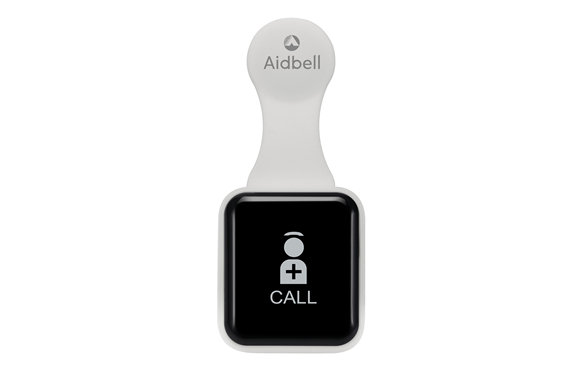
https://aidbell.com/product/pendant-call-button-ec-104p/
Residents in nursing homes can use SOS pendants to call for assistance anywhere and anytime in case of emergencies. It allows residents independence and privacy yet offering them an easy and convenient way of asking for help.
Aidbell’s portable call buttons are lightweight and easy to use making them ideal for nursing homes that serve the elderly and those with disabilities. It is a rechargeable pendant, which can last for 6 months on one charge. Long standby time ensures patients make callings freely.
5. Dome Light
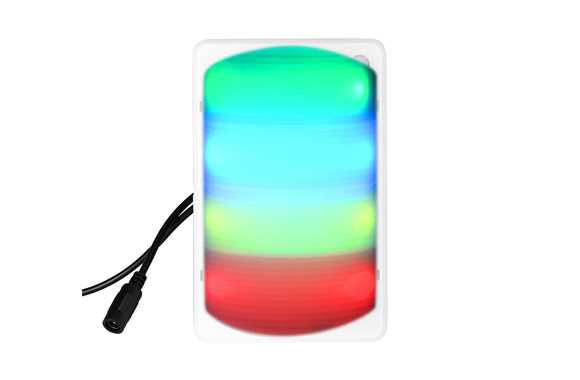
https://aidbell.com/product/wireless-corridor-light-ec-400l/
The dome light or corridor light is a component of nurse call systems usually placed over the door of patient rooms or toilets. These lights provide visual identification of calls originating from different locations, including the code blue station, patient’s bedside, bathroom, toilet with the service or staff requirements.
These lights are critical in helping patients identify the correct location of a call, which reduces response and reaction time. Emergency call light has diverse communication patterns, each with a different meaning to help nurses respond correctly once the light flashes.
6. Nurse pager / Nurse Watch
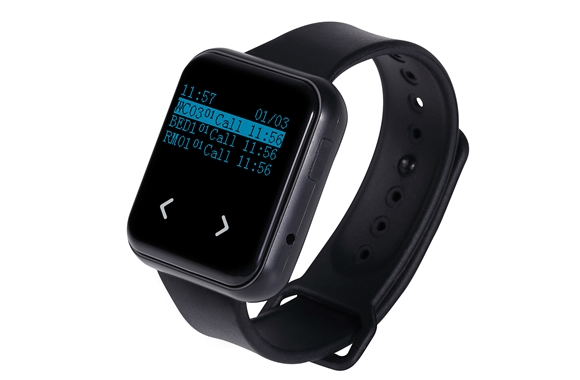
https://aidbell.com/product/nurse-watch-receiver-ec-680w/
Wireless nurse pagers or watches allow nurses to receive notifications of patient needs regardless of their location. The pager or watch displays the patient’s room, the reason for the call and the time elapsed since the call.
If the nurse is still busy, the pager will remind the nurse later to check on the other patient (especially when it’s not an emergency) and can store up to 99 call records.
Nurse pagers allow caregivers to contact other wireless receivers or nurse watches to request additional support.
7. Nurse Console / Wireless Receiver
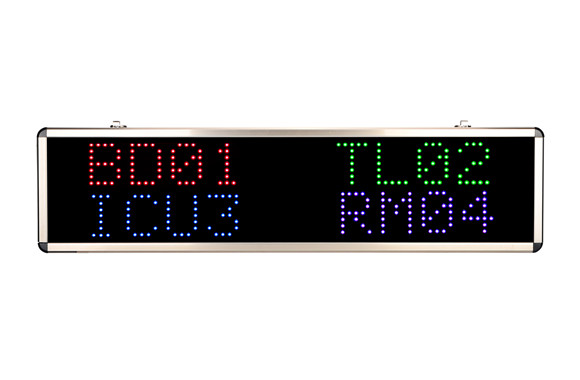
https://aidbell.com/product/advanced-color-dot-matrix-wireless-receiver-ec-1000r/
The nurse console receives all calls placed from patient or resident rooms. They are mounted either on the wall or the desk, workstations, or centralized communication centers in hospitals.
Depending on the nurse call system, the console can receive and display several calls simultaneously and show the source of the call.
The staffs at the nurse call console can know the sources of calls via different dedicated nurse call buttons:
- A code blue
- Staff assist
- Patient assist
When a patient calls, the staff at the nurse station can see information such as the nature of the call, the room number of the patient, the call priority, and the location of nurses and etc via Wireless Receivers. The call priority indicator tells the nurses of the call’s urgency, for instance, when the call is an emergency.
Nurse consoles/ Wireless receivers can also record recalled requests and unanswered service recalls, which gives hospitals critical data to track their customer service. The program data can be stored on a Computer via Aidbell Management Software. If someday, the receiver gets broken suddenly, the staffs no need to program the whole system again. They can download the program data from the Computer to a new receiver, which just costs 5 minutes. It will not bother patients at all. This is the patent design of Aidbell Wireless Nurse Call System.
8. Signal Repeaters
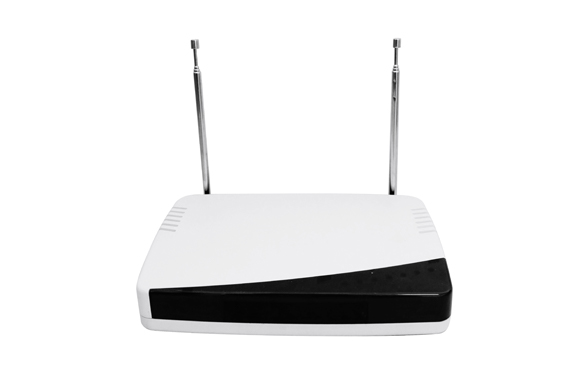
https://aidbell.com/product/signal-repeater-ec-900s/
Wireless nurse call systems use signal repeaters to broaden the reach of signal over long distances. Aidbell repeaters can transmit the signal over a long distance without distorting it.
Depending on the size of your facility, you can have more than one repeater. Usually, repeaters can transmit a signal for a distance of about 2KM in the open area. Repeaters make wireless nurse call systems ideal for facilities that are still growing since expanding the coverage of a nurse call system will only require additional repeaters.
Final Word
Installing a nurse call system in your facility is crucial for patient-caregiver communication and better customer service. Aidbell helps nursing homes and health facilities install wireless nurse call systems without disruption to the patients or residents.
We provide a wide range of components to support nurse-patient communications at your facility. Talk to us today to discuss your nurse call system needs.


